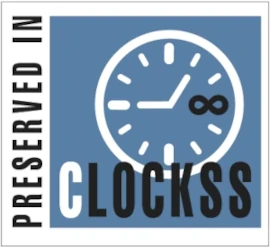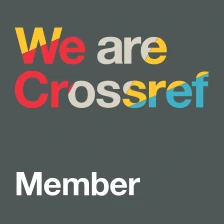‘What’s in a Name?’: Mislabelling, misidentification, and the US government’s failure to protect human trafficking survivors in the Central American refugee crisis
DOI:
https://doi.org/10.14197/atr.201218116Keywords:
refugees, border security, T nonimmigrant status, human smugglingAbstract
This article explores how competing and overlapping legal classifications such as ‘victim of trafficking’, ‘smuggled migrant’, ‘illegal alien’, and ‘refugee’ play out in the United States (US) immigration system. In particular, it focuses on the repeated failure of US authorities to identify and protect survivors of human trafficking who were victimised by the smugglers they voluntarily employed in fleeing their home countries—a scenario that is becoming increasingly common in the midst of the Central American refugee crisis. The article draws upon the authors’ experience providing direct legal representation to Central American migrants in the US to discuss how misassumptions about this population, a misunderstanding of the relevant legal terminology, and the US government’s focus on border security negatively impact the conduct of law enforcement agencies and immigration adjudicators. Due in large part to the US government’s increased restrictions on, and criminalisation of, many forms of migration, survivors of human trafficking who are victimised by smugglers often find themselves classified as ‘illegal aliens’ or ‘criminal aliens’, and their legitimate claims for protection are frequently dismissed for the irrelevant fact that they initially consented to be smuggled. Such mistreatment and misidentification fail to hold perpetrators accountable, and to offer assistance to populations that the US government has pledged to defend.
Metrics
Published
How to Cite
Issue
Section
License
The Anti-Trafficking Review has a policy of licensing under the Creative Commons Attribution License (CC-BY). Under the CC-BY license, the public is free to share, adapt, and make commercial use of the work. To protect our work and that of our authors, however, users must always give proper attribution to the author(s) and the Anti-Trafficking Review (i.e. with a complete bibliographic citation and link to the Anti-Trafficking Review website and/or DOI).
The Anti-Trafficking Review promotes the sharing of information, and we therefore encourage the reproduction and onward dissemination of articles published with us.








